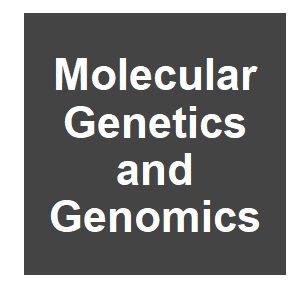Whole-genome resequencing reveals loci with allelic transmission ratio distortion in F1 chicken population

|
P. Ren, F. Deng, S. Chen, J. Ran, J. Li, L. Yin, Y. Wang, H. Yin, Q. Zhu and Y. Liu,
Molecular Genetics and Genomics,
2021.

Allelic transmission ratio distortion (TRD) is the significant deviation from the expected ratio under Mendelian inheritance theory, which may be resulted from multiple disrupted biological processes, including germline selection, meiotic drive, gametic competition, imprint error, and embryo lethality. However, it is less known that whether or what extent the allelic TRD is present in farm animals. In this study, whole-genome resequencing technology was applied to reveal TRD loci in chicken by constructing a full-sib F1 hybrid population. Through the whole-genome resequencing data of two parents (30 ×) and 38 offspring (5 ×), we detected a total of 2850 TRD SNPs (p-adj < 0.05) located within 400 genes showing TRD, and all of them were unevenly distributed on macrochromosomes and microchromosomes. Our findings suggested that TRD in the chicken chromosome 16 might play an important role in chicken immunity and disease resistance and the MYH1F with significant TRD and allele-specific expression could play a key role in the fast muscle development. In addition, functional enrichment analyses revealed that many genes (e.g., TGFBR2, TGFBR3, NOTCH1, and NCOA1) with TRD were found in the significantly enriched biological process and InterPro terms in relation to embryonic lethality and germline selection. Our results suggested that TRD is considerably prevalent in the chicken genome and has functional implications. More related to this: Segregation distortion in chicken and the evolutionary consequences of female meiotic drive in birds Standard deviations: The biological bases of transmission ratio distortion Transmission ratio distortion: review of concept and implications for genetic association studies
|



